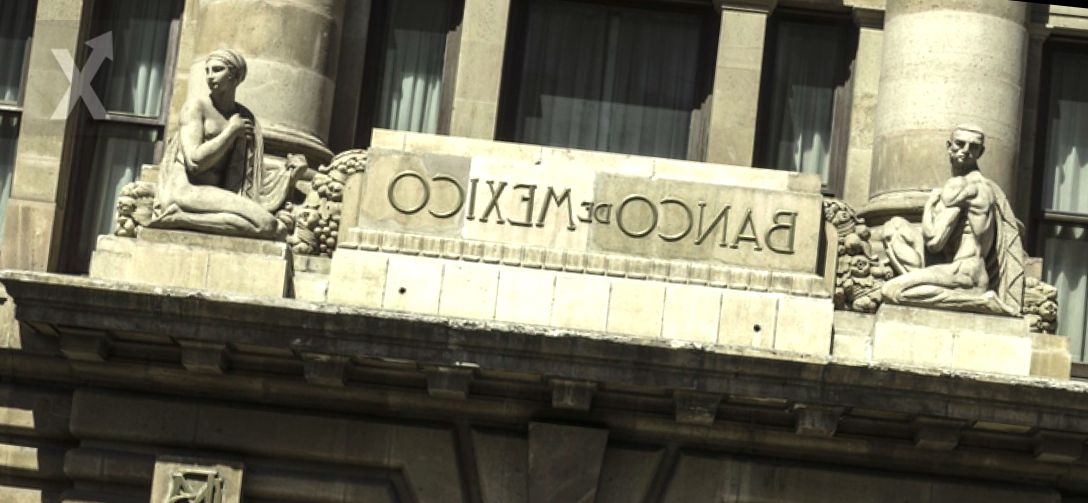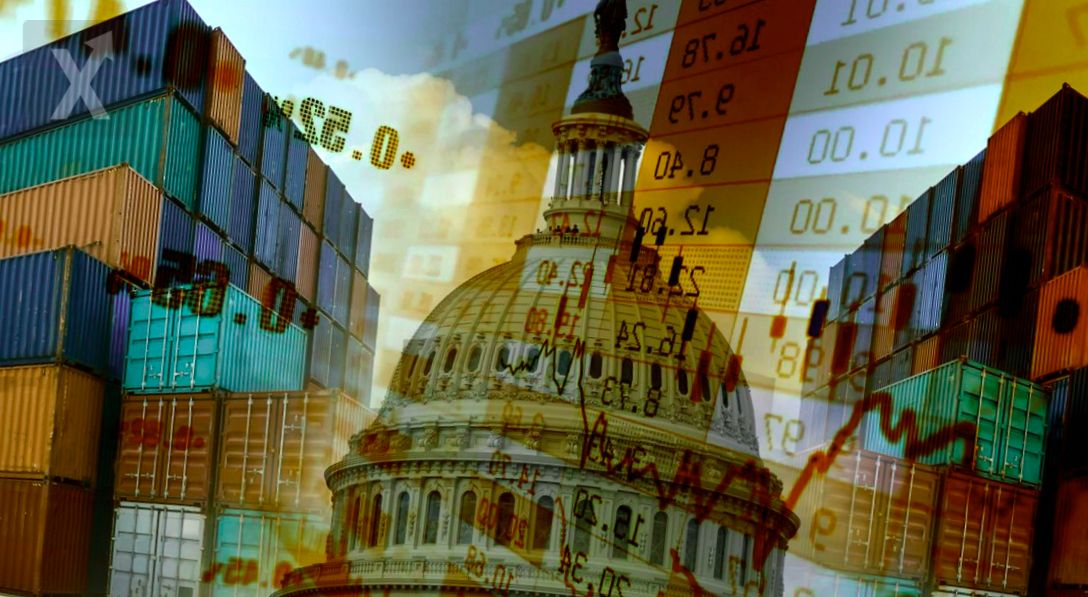Impact of Banxico's Surplus on Public Finances

Just as the SAT monitors taxpayers, the Bank of Mexico ( Banxico ) will provide the Ministry of Finance and Public Credit with fewer resources than anticipated from surplus funds. These surpluses will be insufficient to meet the public finance needs of the country. Analysts had forecasted that the federal government would receive over 100 billion pesos—which amounts to 0.5% of GDP—but Banxico revealed on Monday that the final figure will be nearly 18 billion pesos, barely 0.05% of GDP.
The amount that the Ministry will receive from surpluses exceeds the budget of 17.529 billion pesos allocated for the Legislative Power or the 15.0815 billion pesos assigned to Culture in 2025. According to the Bank of Mexico Law and the Federal Budget and Fiscal Responsibility Law, 70% of these surpluses must be used to pay or reduce public debt, while the other 30% is intended to strengthen the Budgetary Revenue Stabilization Fund or cover fiscal deficits if revenues are below expectations. Experts consulted by Expansión stated that the surpluses received by the Federation will not be sufficient to meet the country’s financial commitments. "The federal government will have fewer resources for debt repayment," commented Marco Cancino, an economist specializing in public finance. Initially, it was expected that with surpluses exceeding 100 billion pesos, the deficit could be reduced to 4.5%; however, with the amount revealed by the Mexican central bank, only 10% of what was anticipated will be achieved, representing minimal relief for the reduction of the public deficit. Although the arrival of these resources was not included in the 2025 budget anticipated by the Ministry, it is expected that the government will feel a slight relief, considering the modest growth of the economy for this year. Héctor Villarreal, director of the Economic and Budgetary Research Center (CIEP), emphasized that in light of the optimistic revenue projections from the Ministry, the arrival of surpluses could help avoid cuts in sectors like health. "We're facing a structural deficit of between 4% and 5% of GDP, which is considerable. This raises concerns about sustainability," he warned. "The dilemma is that many times, to address this situation, painful cuts are implemented for society, such as in the health sector."
More Money to Reserves Banxico also reported that the net result for the 2024 fiscal year was 836.7668 billion pesos. Of this amount, the monetary authority will allocate about 737.54 billion pesos to offset losses from previous years and 81.232 billion to reserves. The remaining amount is what will be transferred to the government of Claudia Sheinbaum as surpluses. Analysts viewed this breakdown and allocation of resources as good news, as it contributes to financial stability. "Reserves are being accumulated, and their macroeconomic goal is to provide stability," commented Iván Franco, founder and director of the competitive intelligence consulting firm Triplethree International. The expert noted that due to the volatility faced by the Mexican peso from trade tensions with the United States, it is likely that next year Banxico will once again distribute surpluses, though in a reduced amount. Commenting on this outlook, it is crucial for the government to take strategic measures to increase tax collection and optimize public spending, especially in critical areas such as health and infrastructure. Financial sustainability must be prioritized to avoid cuts that negatively impact citizens, as a strong economy is built on solid and well-managed foundations.




